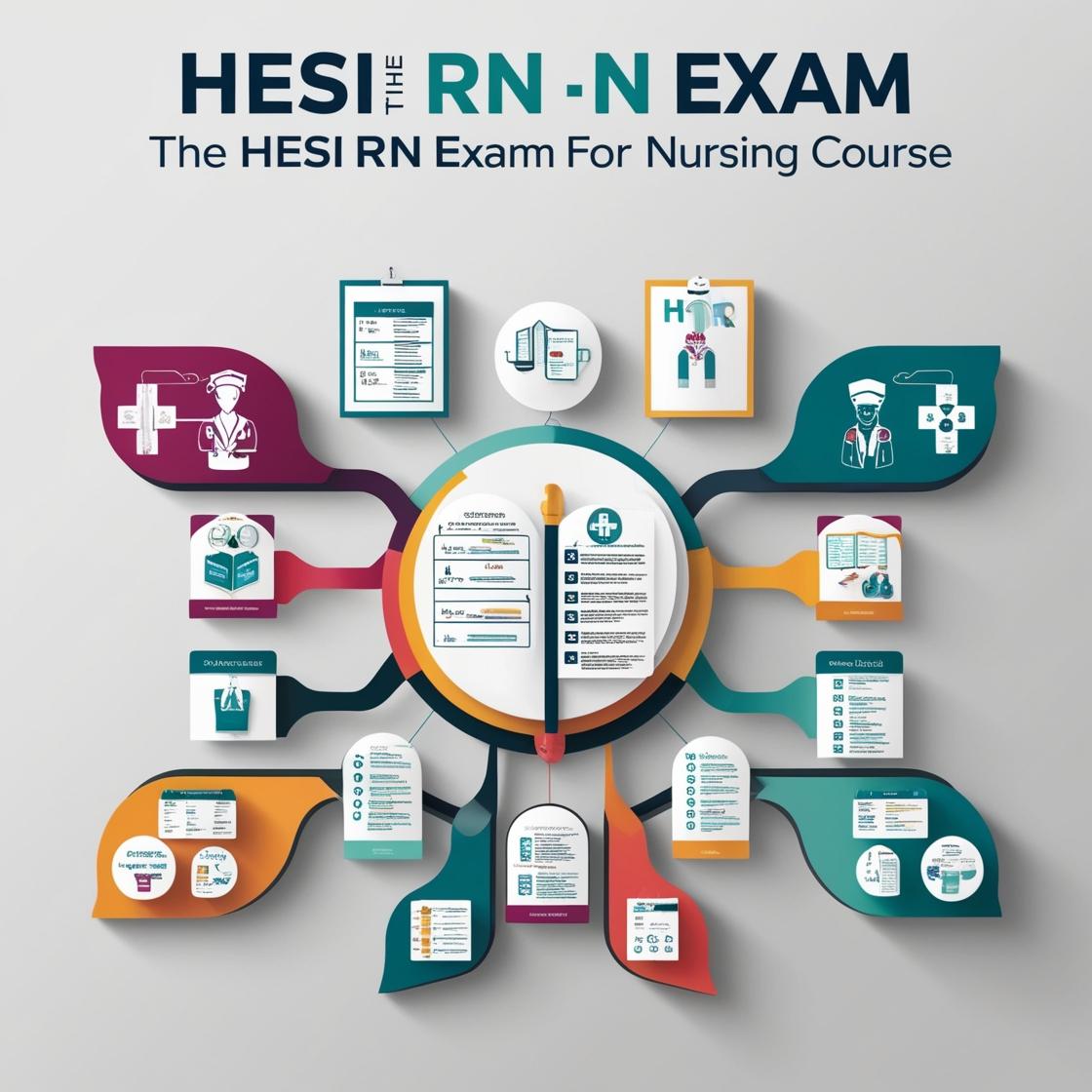HESI RN
RN HESI Exit Exam
1. The nurse is caring for a client who is 2 days postoperative following abdominal surgery. The client reports pain at the incision site and a small amount of purulent drainage is noted. What is the most appropriate nursing action?
- A. Apply a sterile dressing to the incision.
- B. Reinforce the dressing and document the findings.
- C. Remove the dressing and assess the incision site.
- D. Notify the healthcare provider.
Correct answer: D
Rationale: The correct answer is to notify the healthcare provider. Purulent drainage at the incision site is concerning as it may indicate an infection. The healthcare provider needs to be informed promptly to initiate appropriate treatment. Applying a sterile dressing (Choice A) may not address the underlying issue of infection. Reinforcing the dressing and documenting findings (Choice B) is important but should be preceded by notifying the healthcare provider. Removing the dressing and assessing the incision site (Choice C) may disturb the area and should be done under the guidance of the healthcare provider.
2. A 46-year-old male client who had a myocardial infarction 24 hours ago comes to the nurse's station fully dressed and wanting to go home. He tells the nurse that he is feeling much better at this time. Based on this behavior, which nursing problem should the nurse formulate?
- A. Ineffective coping related to denial.
- B. Risk for impaired cardiac function.
- C. Noncompliance related to lack of knowledge.
- D. Anxiety related to hospitalization.
Correct answer: A
Rationale: The correct answer is A: Ineffective coping related to denial. The client's desire to leave the hospital shortly after a myocardial infarction despite the severity of the condition indicates denial and ineffective coping. This behavior could lead to complications as the client may not adequately address his health needs. Choice B, Risk for impaired cardiac function, is not the most appropriate nursing problem in this scenario as the client's behavior is more indicative of psychological coping issues rather than a direct physiological risk at this moment. Choice C, Noncompliance related to lack of knowledge, does not align with the client's behavior of wanting to leave the hospital. Choice D, Anxiety related to hospitalization, may not be the best option as the client's behavior is more suggestive of denial rather than anxiety about being hospitalized.
3. A client with urticaria due to environmental allergies is taking diphenhydramine (Benadryl). Which complaint should the nurse identify as a side effect of this OTC medication?
- A. Nausea and indigestion.
- B. Hypersalivation.
- C. Eyelid and facial twitching.
- D. Increased appetite.
Correct answer: A
Rationale: The correct answer is A: Nausea and indigestion. Diphenhydramine, an antihistamine, commonly causes gastrointestinal side effects such as nausea and indigestion. These symptoms are often reported by individuals taking this medication. Choices B, C, and D are incorrect because hypersalivation, eyelid and facial twitching, and increased appetite are not typically associated with diphenhydramine use.
4. An adult male who lives alone is brought to the Emergency Department by his daughter who found him unresponsive. Initial assessment indicated that the client has minimal respiratory effort, and his pupils are fixed and dilated. At the daughter's request, the client is intubated and ventilated. Which nursing intervention has the highest priority?
- A. Notify the client's minister of his condition.
- B. Determine if the client has an executed living will.
- C. Provide the family with information about palliative care.
- D. Discuss the possibility of organ donation with the family.
Correct answer: B
Rationale: Verifying whether the client has an executed living will is crucial to ensuring that his treatment preferences are followed. In this critical situation, knowing the client's wishes regarding medical interventions is paramount. Options A, C, and D are not the highest priority as they do not directly address the immediate need to determine the client's treatment preferences.
5. A client with type 2 diabetes is admitted with hyperglycemic hyperosmolar syndrome (HHS). Which clinical finding is most concerning?
- A. Serum glucose of 500 mg/dl
- B. Blood pressure of 140/90 mmHg
- C. Serum osmolarity of 320 mOsm/kg
- D. Serum pH of 7.30
Correct answer: C
Rationale: A serum osmolarity of 320 mOsm/kg is the most concerning finding in a client with hyperglycemic hyperosmolar syndrome (HHS). This level of osmolarity indicates severe dehydration and hyperosmolarity, putting the client at risk of complications like organ failure. Immediate intervention is crucial to address the dehydration and restore fluid balance. The other options, while important in the overall assessment of a client with HHS, do not directly indicate the severity of dehydration and hyperosmolarity seen with a high serum osmolarity level.
Similar Questions

Access More Features
HESI RN Basic
$89/ 30 days
- 50,000 Questions with answers
- All HESI courses Coverage
- 30 days access @ $89
HESI RN Premium
$149.99/ 90 days
- 50,000 Questions with answers
- All HESI courses Coverage
- 30 days access @ $149.99
